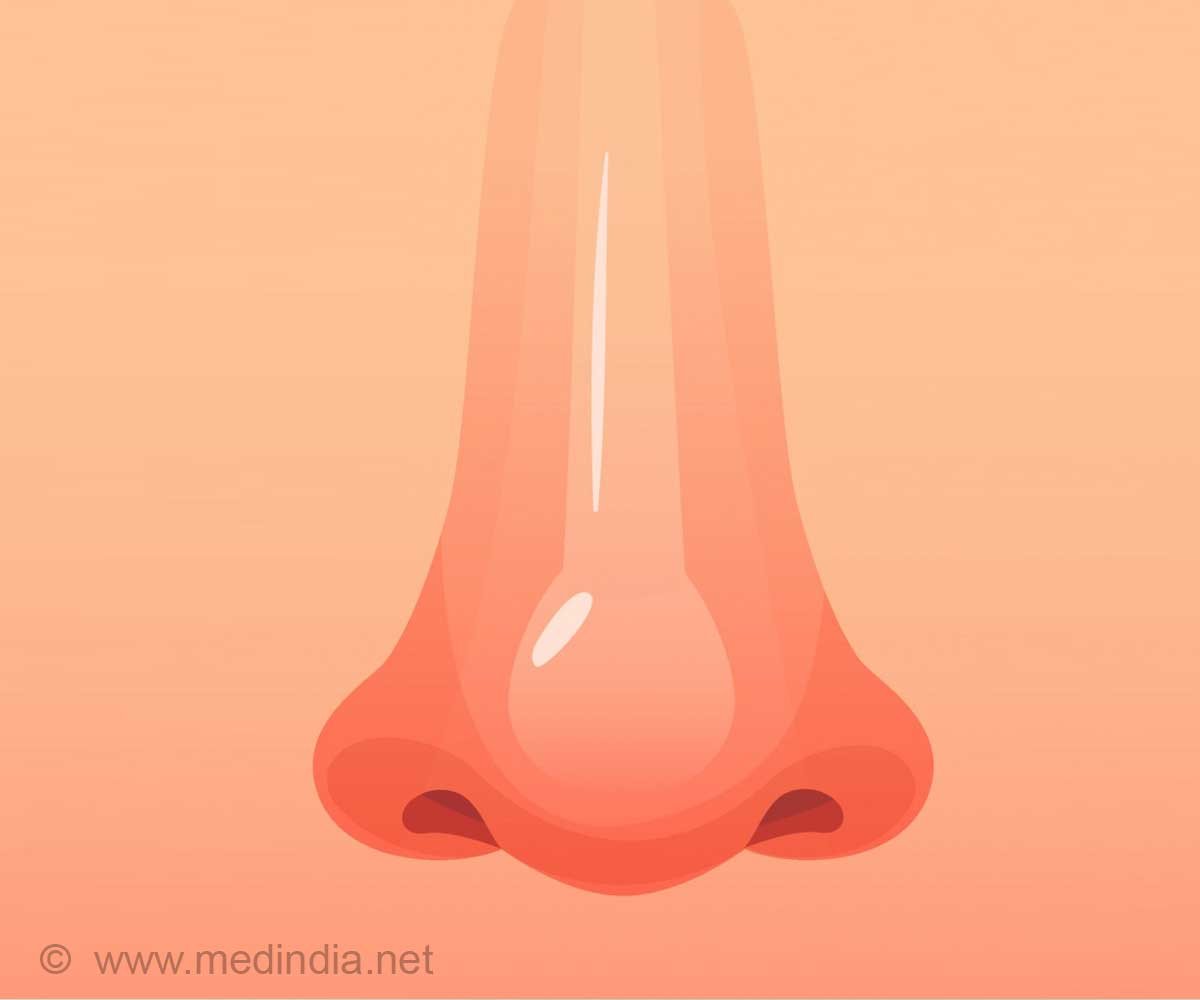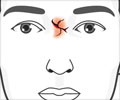
‘Rhinoplasty can be effectively and accurately done with computer designed 3D printed nose models.’
Tweet it Now
Printed 3D Models Provide Visual Guide for RhinoplastyIn recent years, digital imaging technology has become widely used in planning many types of plastic and reconstructive surgery procedures. When discussing cosmetic surgery, the ability to create 3D "before and after" images - showing the patient's current appearance and the planned results of surgery - has been a valuable aid to the preoperative consultation between patient and surgeon.
For Dr. Amirlak and colleagues, the growing availability of 3D printing technology provides a logical next step: using 3D digital images to crate printed models of the proposed appearance of the new nose.
Once the patient and surgeon agree on the "idealized outcome" of rhinoplasty, the digital images of the patient's current appearance and simulated outcome are converted into 3D-printed models.
Full-color models are printed using gypsum powder - providing a more detailed and lifelike appearance than with 3D printing using polymer resin. In the operating room, the surgeon can refer to the 3D-printed models as a "side-by-side reference," helping to see and appreciate subtle changes occurring during the rhinoplasty procedure.
Advertisement
"The tactile feedback and ease of visualization from different angles and profiles have complemented the 2D and 3D photographs, making the surgical possibilities and limitations of the procedure easier to understand for the patient." The models take about a week to create, with an average cost of $300.
Advertisement
Rhinoplasty - sometimes called a "nose job" or nose reshaping - is a common yet challenging procedure for plastic surgeons.
It is one of the most frequently performed types of cosmetic surgery. About 219,000 rhinoplasty procedures were performed in the United States in 2017, according to ASPS statistics.
"Given the complexity of rhinoplasty, 3D printing may be a natural fit as part of the surgical care of these patients," Dr. Amirlak and coauthors write. In addition to improving the preoperative consultation process and providing a guide to the surgeon during the procedure, they believe that 3D printing technology "has numerous prospective clinical and research uses in aesthetic surgery."
Source-Eurekalert













